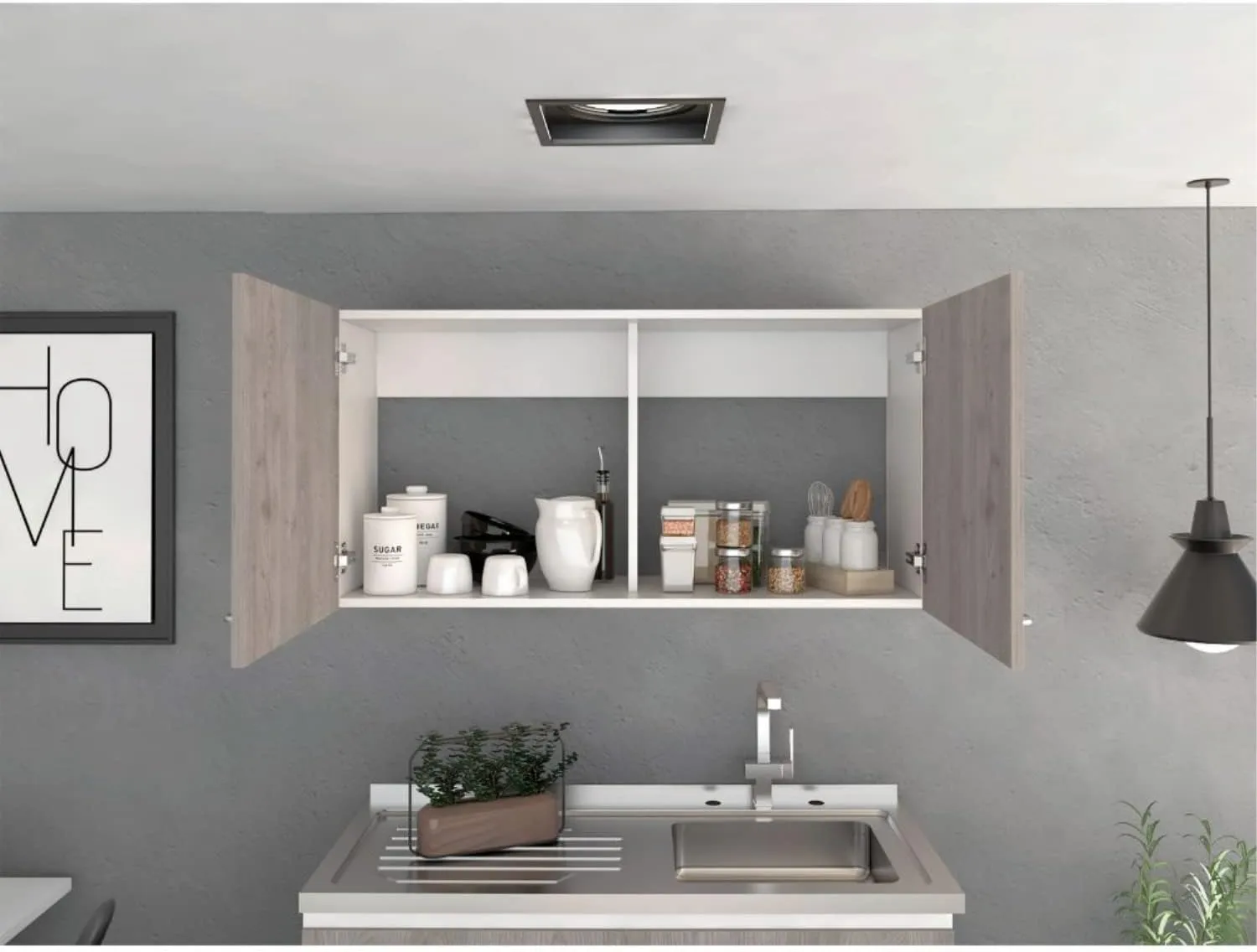Taupe Greige Kitchen Cabinets
Discover the benefits of taupe greige kitchen cabinets. From complementing various design styles to enhancing natural light, find out how these cabinets can transform your kitchen. Learn how to choose the right shade, explore different cabinet styles and materials, and consider hardware and countertop options. Don’t miss out on creating a timeless and refined look for your culinary haven.









